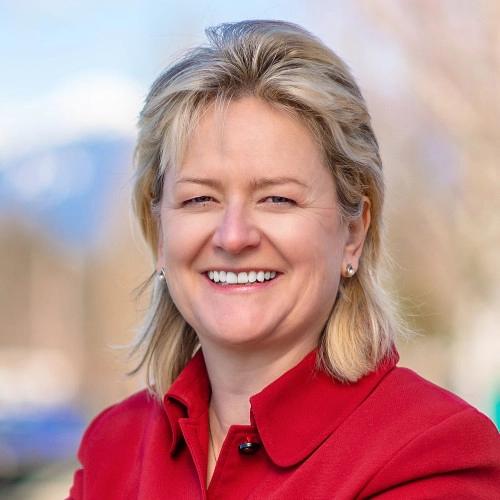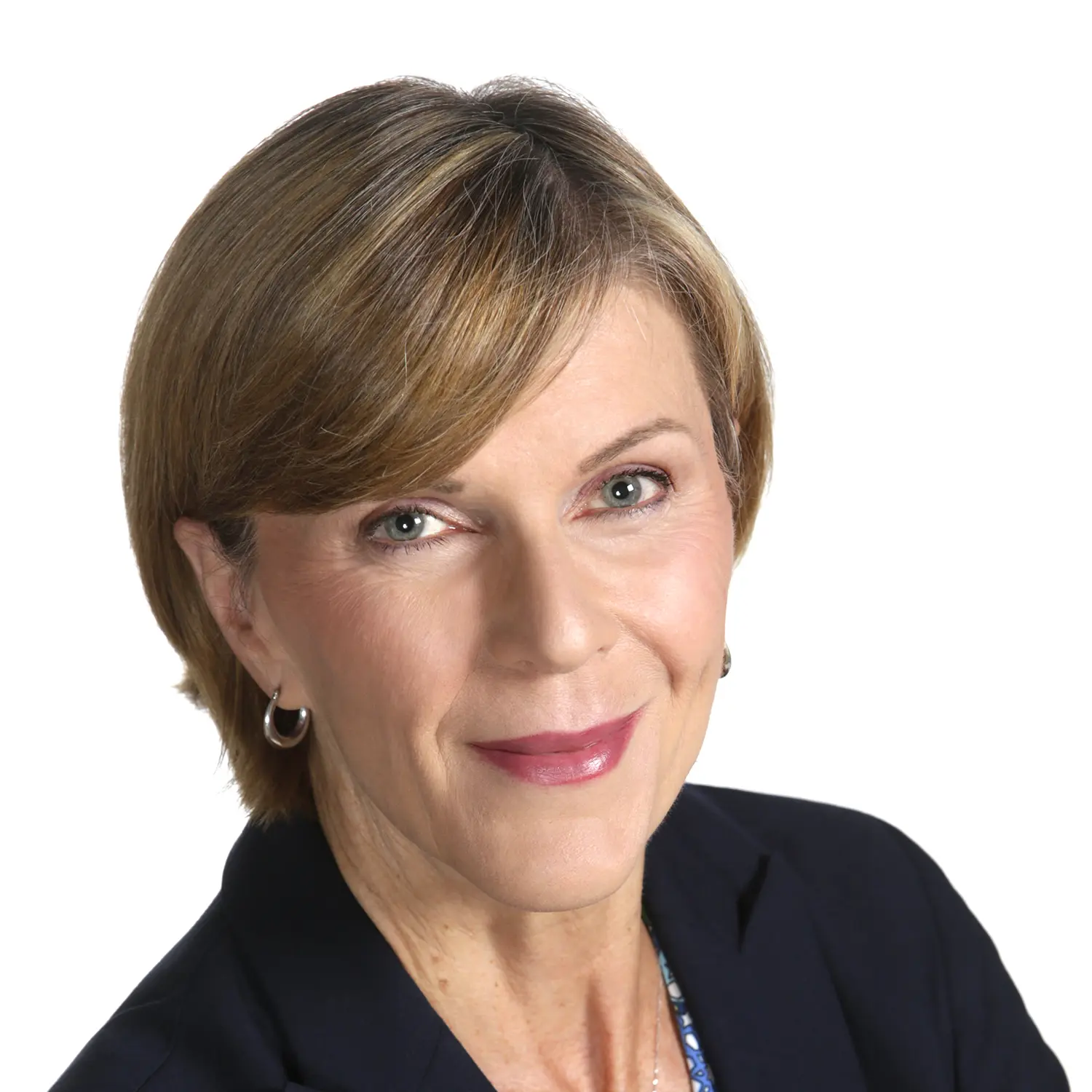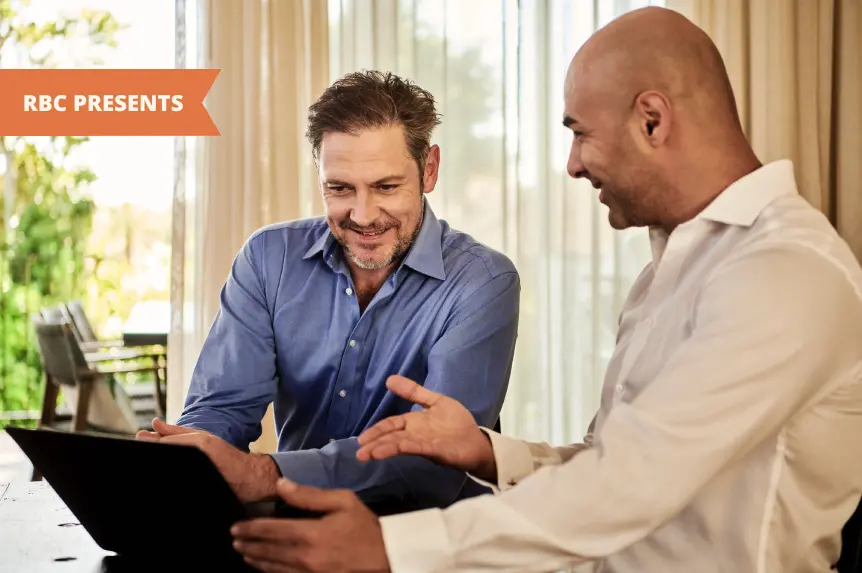What Happens To Your LinkedIn Account After You Die?
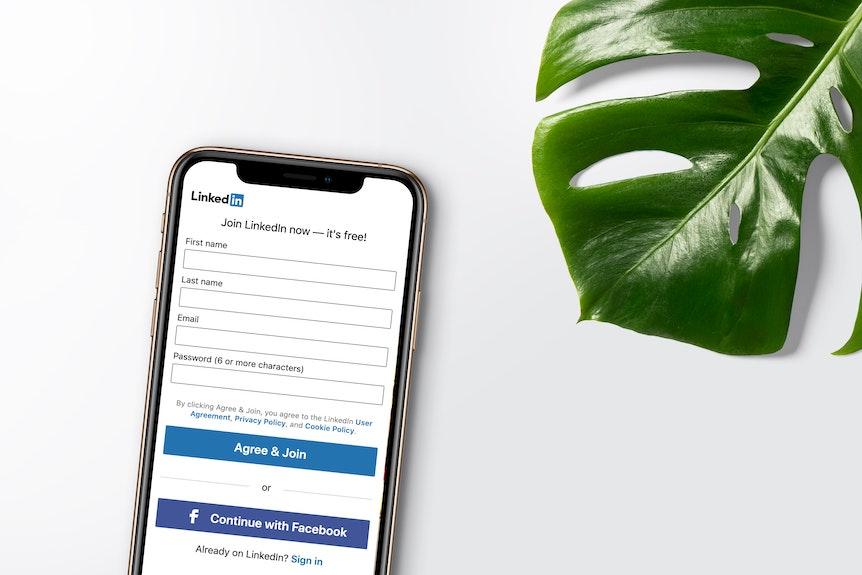
LinkedIn is the modern digital business card. Whether you use it just as a virtual business network or as a greater platform to become an industry thought leader, LinkedIn is one of the pinnacle places that captures your online brand. But what’s going to happen to that online personal brand once you pass away? It’s an eerie, but nonetheless important question to ponder. Keep reading to discover how LinkedIn can become a part of your digital estate planning process.
What is a Digital Legacy?
Digital legacy = the digital information that will still be available online following someone’s death.
Knowing how to manage a digital legacy after somebody passes is important given the rise of cybersecurity and identity theft. These accounts and information can lead to stolen identities. That’s why when you plan how your physical estate will be dealt with upon your passing, you also want a plan for your digital legacy.
What Does LinkedIn Do With Your Account When You Die?
LinkedIn does not have any pre-planning tools that let account holders choose how they would want their accounts handled after death.
Instead, they offer the following options:
An authorized person can request to close the account
An authorized person can request to memorialize the account
An unauthorized person can report a member as deceased
To be considered “an authorized person”, LinkedIn will require you to provide legal documentation:
A letter of administration issued by a court
A Letter of testamentary issued by a court
A Letter of representation issued by a court
Other court order appointing you an authorized representative for the deceased member’s estate
If you have this documentation, you can memorialize or close a deceased member’s account.
You’ll also be asked to provide:
The member’s full name
LinkedIn profile URL
Your relationship to the deceased
Member’s email address
Date of death
Copy of the member’s death certificate
If you choose to memorialize someone’s account, the word “In Remembrance” will appear under the member’s name.
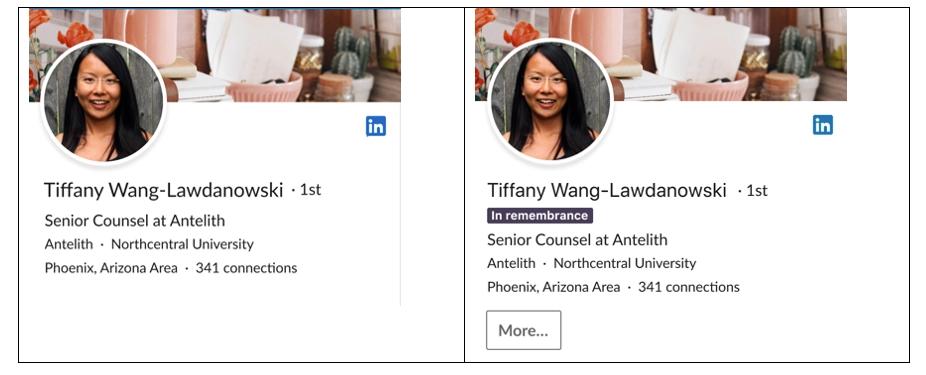
If you choose to close their account, LinkedIn will remove their profile.
However, if you do not have key information on the deceased, you’re considered “unauthorized” to act on their behalf and all you can do is report the death of a member. Reporting an account as deceased will hide the account from the LinkedIn search engine. However, it will still be available for memorialization or account closure by someone authorized to act on behalf of the account.
What Does LinkedIn Do With Your Account if You Become Incapacitated?
LinkedIn does not have any options or help documentation to deal with an incapacitated account member ( a user who loses the ability to physically use the account but is not deceased). This may be the result of an accident that takes away motor abilities or the onset of a disease.
Here’s How We Rate LinkedIn’s Legacy Planning
The big issue with LinkedIn’s digital legacy planning is that it doesn’t offer account holders the option to plan ahead and select how they would want their accounts handled after they die. Its current features only let a close friend or loved one make those requests after the fact.
This model relies on the assumption that people are having these planning conversations with their loved ones in advance. But, according to our recent survey, most people aren’t. Almost 70% of social media users aren’t even aware pre-planning is an option at all.
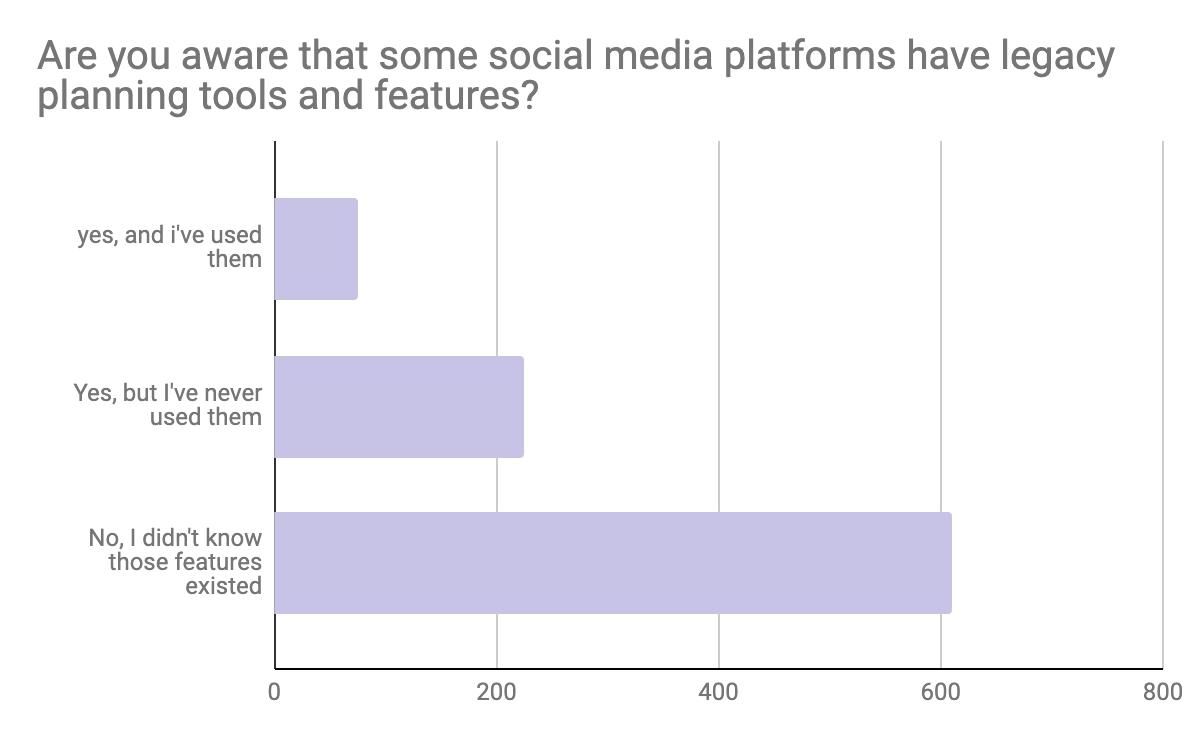
Side Note: When LinkedIn’s Memorialization feature was launched in 2021, there was barely any media around it. It arrived quietly and without fanfare. Kudos to LinkedIn for building out its legacy features, but if nobody knows they exist they aren’t as effective as they could be. Social media companies need to bring more attention and awareness to this issue.
Based on our professional opinions at Epilogue, we would give LinkedIn a 2 out of 5 legacy score. Here’s why:
Pros:
LinkedIn has helpful information to address a deceased account holder, including an option to memorialize a deceased member’s account.
Cons:
There are no options for addressing an incapacitated member.
When it comes to the memorialization feature, there are still many unanswered questions, despite some helpful Q&A. Particularly around post-mortem privacy:
Will everyone see the “In Remembrance” tag or just the member’s network?
Will the privacy settings change or remain the same?
Can an “authorized” person remove content, change settings, or manage the account in any way?
Until these questions are answered and pre-planning options are introduced, we’re giving LinkedIn a not-so-pretty score of 2.
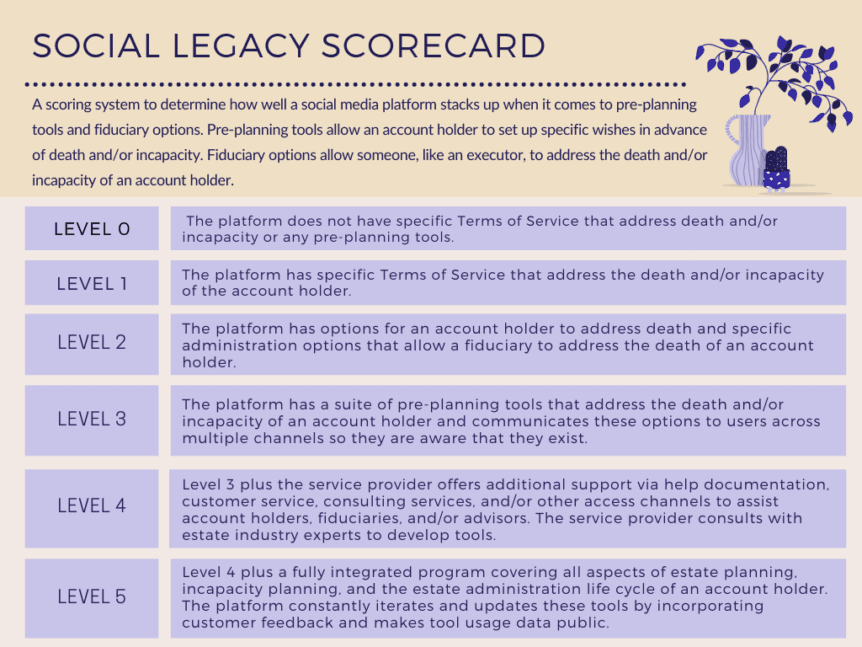
How We Think LinkedIn Can Improve Their Legacy Planning
At least LinkedIn provides a choice for an account to be memorialized or closed after a member’s death. But, the key is really advanced legacy planning from the account holder ahead of time.
A member should be able to document their wishes and preferences on how they want to be honoured while they are still living. But until that option becomes available, the only way to do this is through a social media Will – where the member will leave instructions that let their fiduciary (executor) or other authorized persons know what those wishes are (e.g. if you want your LinkedIn Account left “In Remembrance” or not?).
Since there is a potential your account may be deleted after you pass, it’s important to think about how you want your content to live on. James Norris of the UK Digital Legacy Association reminds you to back up or download information if the content on your social media platforms is important.
Protect Your Digital Legacy on LinkedIn
We are so proud to offer an entirely FREE Social Media Will. It lets you document how you want your social media profiles – LinkedIn, Facebook, Instagram, etc. etc. handled if you can no longer manage them yourself.
A social media Will:
Takes all the guesswork out of how you want your accounts handled
Can be easily shared with your executor or fiduciary
Is super easy and only takes about 10 minutes to create
Best of all, it’s free of charge
Make your Social Media Will today and protect your social afterlife.
